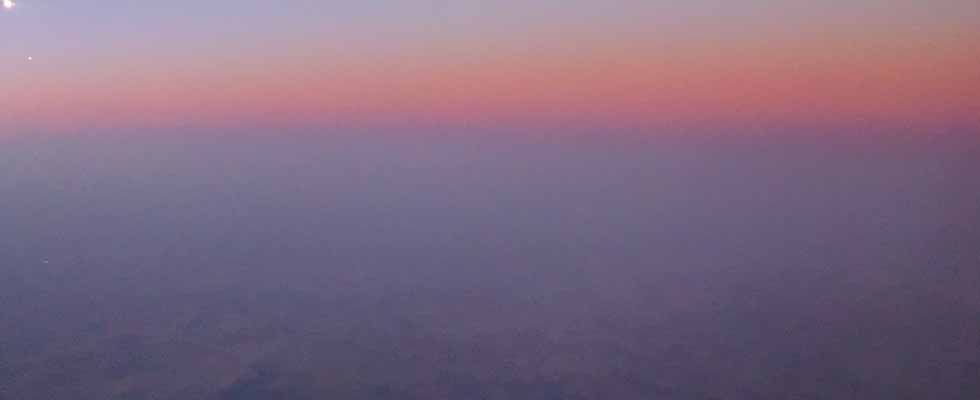Associate Professor Hironobu Iwabuchi and graduate student Mayuki Sano (D1) attended the International Radiation Symposium 2024 held in Hangzhou, China on June 17-21, 2024. Researchers from all over the world who are working on atmospheric radiation and remote sensing gathered for active research presentations and information exchange. Many of the topics included theory and modeling of scattering by particles and atmospheric radiative transfer, observations of clouds, aerosols, and radiation from ground, satellites, and aircraft, and radiation budget and forcing. Of particular interest were new multi-directional and hyperspectral measurements from Earth observation satellites, and cloud and aerosol retrievals and radiation modeling using machine learning. Measuring the multilayered structure and 3D distribution of clouds and aerosols, global observation of particle types and shapes, and estimation of radiative budget and forcing seem to be the current issues that many researchers are working on.
Associate Prof. Iwabuchi gave an invited talk on the problems of applying a machine learning model created using data synthesized by an atmospheric radiative transfer model as supervision data to actual observations. There were many presentations on the use of machine learning throughout the conference, and it seems to be gaining popularity as a tool for statistical modeling methods. On the other hand, some participants did not understand the method and there seemed to be some misunderstanding. Mayuki Sano, in her first participation in an international conference, gave a poster presentation on aerosol-induced changes in the brightness of the night sky and won the Best Poster Award for Young Researchers. It was a fulfilling conference, as they had the opportunity to hear about the history of pioneering works in atmospheric radiation research, which were precious time to hear, and they were able to build a new researcher network.
Written by Hiro Iwabuchi

